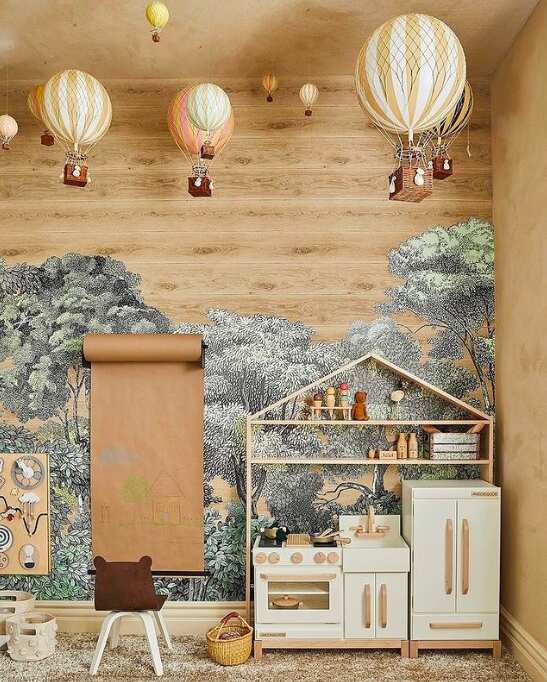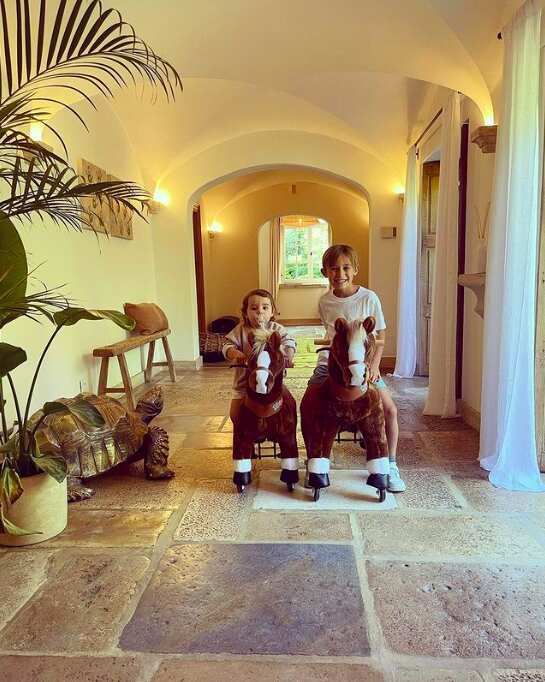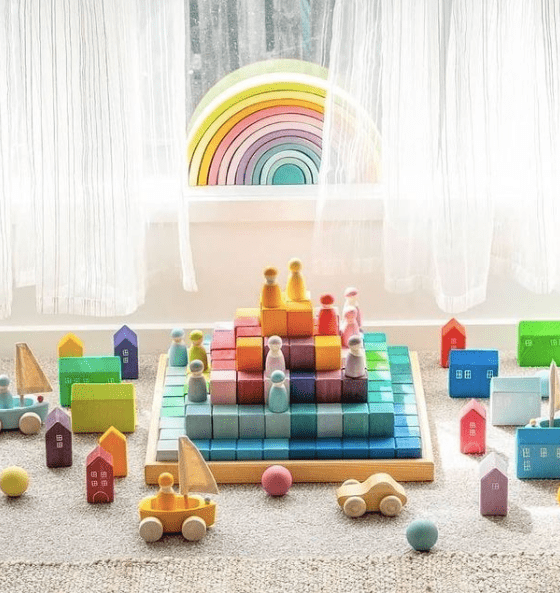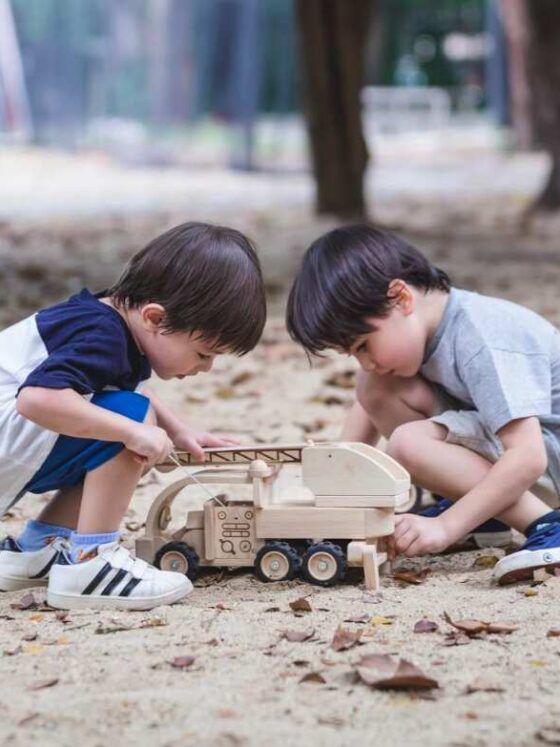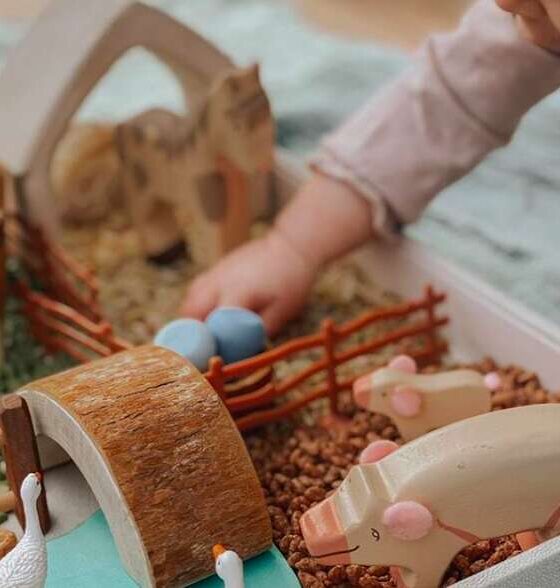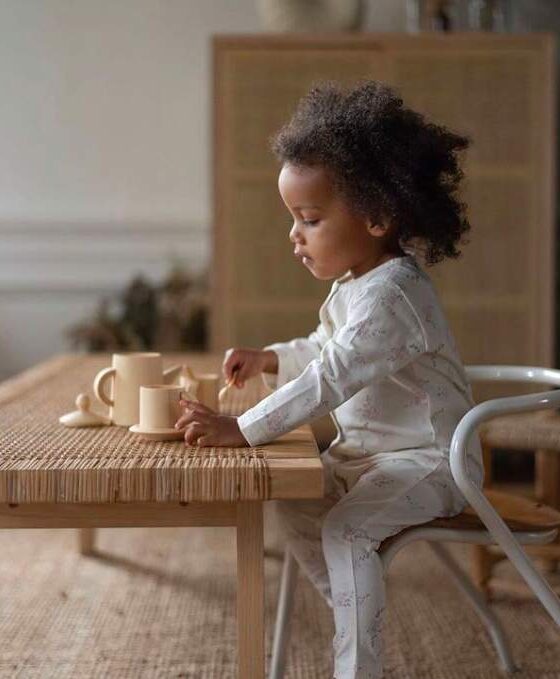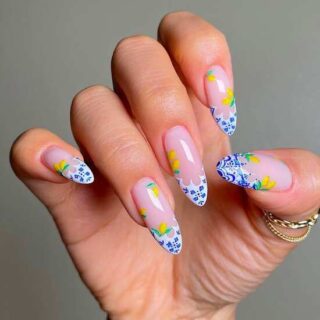Do you have a passion for toys? Are you constantly coming up with ideas for new toys? If so, becoming a toy designer could be the perfect career.
Toy design is a unique career that requires a combination of creativity, technical skills, and knowledge of the market. There are a number of ways for toy designers to get their foot in the door of the toy industry. For example, internships and entry-level jobs with toy companies, design firms, or manufacturers, or applying for toy designer jobs on Jooble, the huge international job-aggregator. Some designers even sell their designs independently online through marketplaces like Etsy or Amazon Handmade.
However, there’s more to designing toys than meets the eye. In this article, we teamed up with experts from the above-mentioned job search aggregator to take a closer look at what it takes to become a toy designer.

Inspiration, the mother of all invention
Every creative idea starts with inspiration. The first step to becoming a successful toy designer is to get inspired and creative before rolling up your sleeves to begin designing.
Here are some tips on how to get some inspiration:
1. Stay up-to-date with trends
Study the latest trends in the toy industry to give you fresh ideas. Read industry publications, attend trade shows and toy workshops, and join toy design groups on social media.
2. A little research goes a long way
Think about the toys that interest you, and examine the latest toys on the market. Make notes. What is selling well and why? What makes these toys popular and unique, and why do kids enjoy playing with them?
Build your skills
Toy design requires a passion for toys, creative flair, and basic technical skills. You’ll need to sketch reasonably well and understand specific basic manufacturing processes.
1. Develop your drawing skills
Drawing is an essential skill for any designer. You’ll need to sketch out your ideas to solidify design concepts in your mind and communicate your vision to others. If your artistic abilities could be more precise, take classes in drawing and illustration.
2. Learn about materials and manufacturing processes
As a toy designer, you must have a basic understanding of materials and manufacturing processes. Any design you create will ultimately be mass-produced – unless you aim for uniquely hand-crafted toys. Even so, it will pay you to research materials such as plastics, textiles, and metals as well as learn about manufacturing processes such as injection molding and 3D printing.
4. Build your technical skills
Professional toy designers frequently use design software such as CAD (computer-aided design) as well as 3D modeling software. Learn how to use these tools by taking courses or practicing independently.
The value of prototypes
Developing new toy ideas often involves trial and error. Building prototypes can help you refine and test your ideas before finalizing a design.
Tip: Some companies specialize in creating prototypes.
Here’s why you need to consider building prototypes:
- Building a prototype allows you to test your ideas in the real world, identify any flaws or areas for improvement, and refine your toy design accordingly. By physically interacting with the toy, you can gain valuable insights into its usability, durability, and safety.
- Building a prototype allows you to better understand the cost, materials, and manufacturing processes involved in producing your toys.
- Having a physical prototype makes it easier to communicate your design to others, such as manufacturers, investors, or potential customers. You can demonstrate how the toy works, and what it’s made from. A well-designed, tested, and refined prototype can help you secure funding, partnerships, or licensing deals.
Final thoughts
Becoming a toy designer can be a fun and rewarding career. The key is to stay curious, keep abreast of the latest trends, and experiment with different ideas to develop unique and engaging toys that capture children’s imagination.

